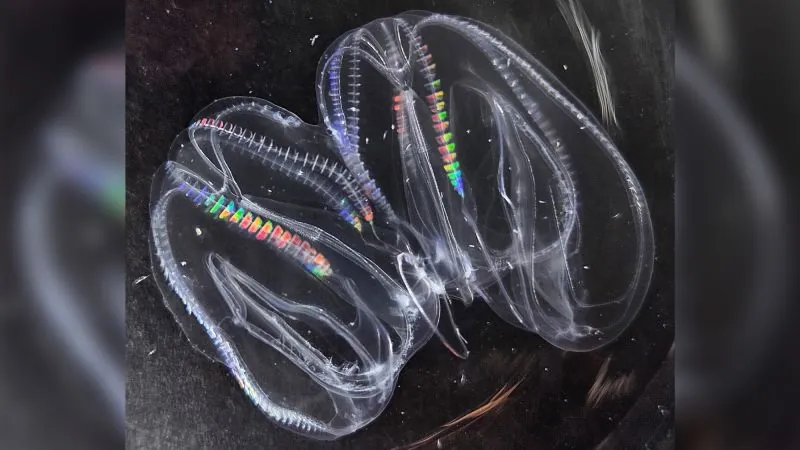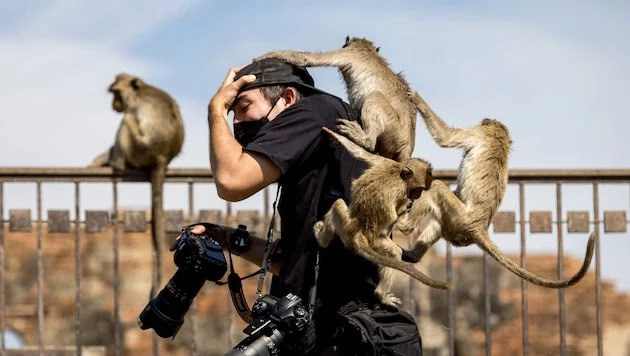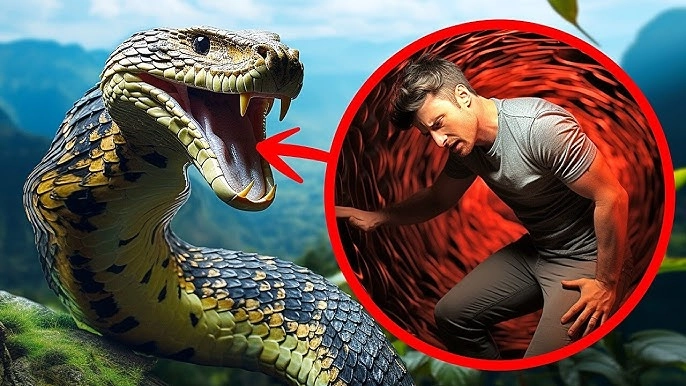
Astonishing Discovery: The Ancient Comb Jelly Can Merge and Survive as One!
2024-12-30
Author: Wei
Astonishing Discovery: The Ancient Comb Jelly Can Merge and Survive as One!
In an exciting revelation from the marine biology community, researchers have discovered that the comb jelly, one of the oldest animals on Earth, has a mind-boggling ability to merge its body—and even its nervous and digestive systems—with another jelly of its kind. This groundbreaking finding may reshape our understanding of individuality and cooperation in the animal kingdom!
During late summer 2023, Kei Jokura, a postdoctoral researcher from the University of Exeter, made an astonishing discovery while examining a colony of comb jellies (scientifically known as Mnemiopsis leidyi) at the Woods Hole Oceanographic Institution. Jokura found a larger blob in a beaker that appeared to be two jellyfish fused into one organism. "I couldn’t believe my eyes at first," he remarked, recalling the moment of discovery.
Colleague Mariana Rodriguez-Santiago, also a postdoctoral researcher, was equally captivated by this fusion phenomenon. "We were exhilarated and baffled at how they could swim and respond as a single unit," she noted, sparking a series of experiments to understand this unique capability.
In a study published on October 7 in Current Biology, Jokura and Rodriguez-Santiago detailed how these extraordinary creatures not only fused their bodies but also effectively merged their nervous systems and digestive functions. This raises profound questions about the nature of identity in biological organisms. “What defines ‘self’ and ‘nonself’ in such cases?” asked Jokura.
Comb jellies, often mistaken for jellyfish, belong to the phylum Ctenophora and are known for their distinctive cilia that aid in movement through water. They are found in oceans worldwide and are remarkable for their ancient lineage—potentially standing as distant relatives to all other animal species.
Interestingly, this phenomenon of fusion may point to a lack of protective allorecognition mechanisms in comb jellies. Allorecognition helps organisms identify their own tissues, crucial for preventing organ rejection in humans. However, M. leidyi seems to bypass this, allowing for survival strategies that enhance adaptability in fluctuating environments.
In a series of experiments, Jokura and Rodriguez-Santiago tested various combinations of injured jellies by encouraging them to fuse through controlled cutting and placement in petri dishes. They found that an impressive 90% of pairs successfully fused, resulting in merged organisms with two sets of sensory organs and anal openings.
What’s more astonishing is how quickly this fusion occurred! After an hour of synchronized muscular contractions, the merged jellies began to respond as if they were a single entity. Their fused digestive systems allowed them to share nutrients, a collaboration that has vast implications for understanding animal behavior and cooperation.
Rodriguez-Santiago expressed intriguing thoughts on the boundaries of individuality, emphasizing how this study challenges long-held beliefs about self-identity among living organisms. The ability to fuse may offer these jellies superior survival opportunities against environmental threats.
As research continues, scientists like Jokura plan to delve deeper into the complexities of how these jellies’ nervous systems integrate post-fusion. “Could we one day explore the fusion of consciousness?” he pondered.
The findings from the study not only deepen our understanding of ctenophore biology but could also illuminate the evolutionary pathway that led to more complex nervous systems in higher animals. This remarkable research is just the beginning of what might be an incredible journey into the lives of these gelatinous beings that have watched the world evolve for millions of years.
Stay tuned as this exciting narrative unfolds—what secrets will the ancient comb jelly reveal next? Don’t miss out on groundbreaking scientific discoveries that challenge everything we thought we knew about life and identity!





 Brasil (PT)
Brasil (PT)
 Canada (EN)
Canada (EN)
 Chile (ES)
Chile (ES)
 Česko (CS)
Česko (CS)
 대한민국 (KO)
대한민국 (KO)
 España (ES)
España (ES)
 France (FR)
France (FR)
 Hong Kong (EN)
Hong Kong (EN)
 Italia (IT)
Italia (IT)
 日本 (JA)
日本 (JA)
 Magyarország (HU)
Magyarország (HU)
 Norge (NO)
Norge (NO)
 Polska (PL)
Polska (PL)
 Schweiz (DE)
Schweiz (DE)
 Singapore (EN)
Singapore (EN)
 Sverige (SV)
Sverige (SV)
 Suomi (FI)
Suomi (FI)
 Türkiye (TR)
Türkiye (TR)
 الإمارات العربية المتحدة (AR)
الإمارات العربية المتحدة (AR)